The Birmingham area can see great fluctuations in temperatures in any given year, from sizzling summer highs in the upper 90’s to lows well below freezing in the winter complete with rain, sleet and even snow (Look HERE for a post on the blizzard of ‘93.).
For gardeners this can present a quandary when trying to decide among the dizzying array of plants at the local garden center. While the last average frost date here is mid-April, the soil can still be too cold for the real heat loving plants like zinnias, impatiens, lantana, and caladiums, to name just a few, that will sail through our blistering summers but languish in cold soil.
Enter the cool season annuals. These are the plants that prefer cooler temperatures and thrive in the early fall, winter, and early spring. If you know which ones they are and when to plant them, you’ll be ahead of the gardening game.
A few days ago, after we experienced temperatures in the teens at night with snow and cold weather for a number of days, I checked on some of my winter grown cool season plants to see how they’d fared.
The pansies, poppies, snapdragons, and foxgloves are very hardy plants that I’d added to the garden in October and November, though if you find larger transplants they can be planted in late winter as well. They looked fine, though some that were more exposed had damage. As temperatures warm they should rebound nicely.
But, since they’re also considered cool season annuals, they’ll fade as our spring heat arrives for good in May. Then it will be time to replace them with the real heat lovers I mentioned earlier. Remember, our last average frost is right around mid-April. We can count on things warming up quickly after this date. This is also about when everything in sight is turning yellow from the pollen falling everywhere – including covering cool season plantings and our cars!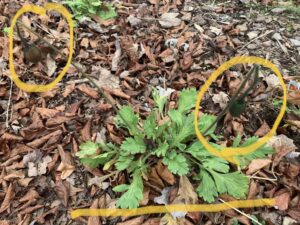
Cool season annuals have a tough life. They might like it cool, but freezing is a bit much even for them. The picture of the poppy here shows what happened to the majority of them that were just beginning to put up fat buds when temperatures dipped into the teens for a few nights in a row.
The buds were completely frozen, but the plant itself came through fine since since mulch helped keep the plant and rootball warm. They too will be in full bloom in another month or so and are examples of what can be planted from 4″ pots in the fall.
The second picture shows (circled) seedlings of larkspur and poppies grown from seed sown directly into the garden in December. I sow extras any time from November to January when the soil is cold enough for their liking.
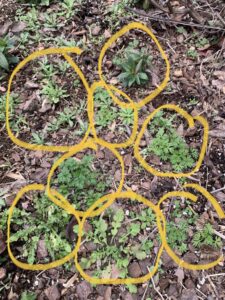 At any rate, you can see these tiny plants in this sunny, south facing bed weren’t fazed by the cold temperatures at all. I’m looking forward to their blooms in the late spring!
At any rate, you can see these tiny plants in this sunny, south facing bed weren’t fazed by the cold temperatures at all. I’m looking forward to their blooms in the late spring!
Some other cool season annuals that are more frost tender will begin to arrive in the garden shop soon. They include sweet alyssum, geraniums, petunias, nasturtiums, bacopa, and more. Because they come out of cushy greenhouse environments you’ll want to protect them from any late freezes.
We’ll check back on these plantings in future posts.
If you follow us on Instagram or Facebook you’ve probably seen a new series of shop videos – if not, follow us and check them out! They’re also on our YouTube channel under Oak Street Garden Shop – if you’d like to see more, subscribe!
By Kris Blevons

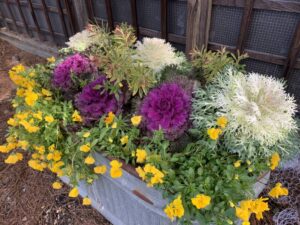
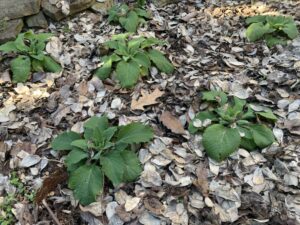
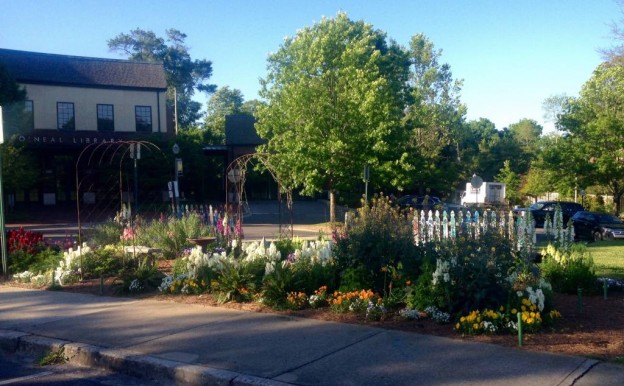
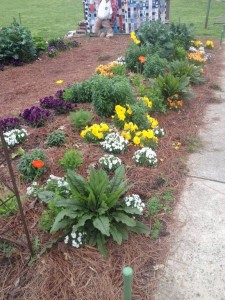 Last fall the little plot that I’ve come to call the ‘
Last fall the little plot that I’ve come to call the ‘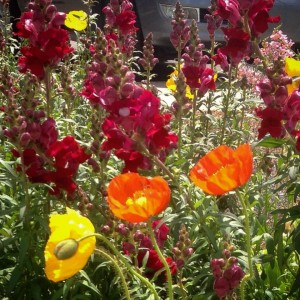
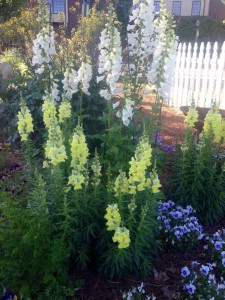
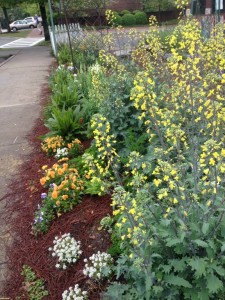
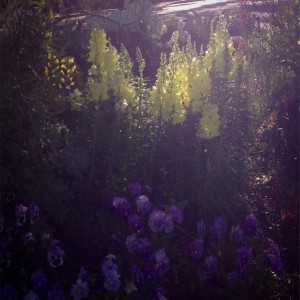
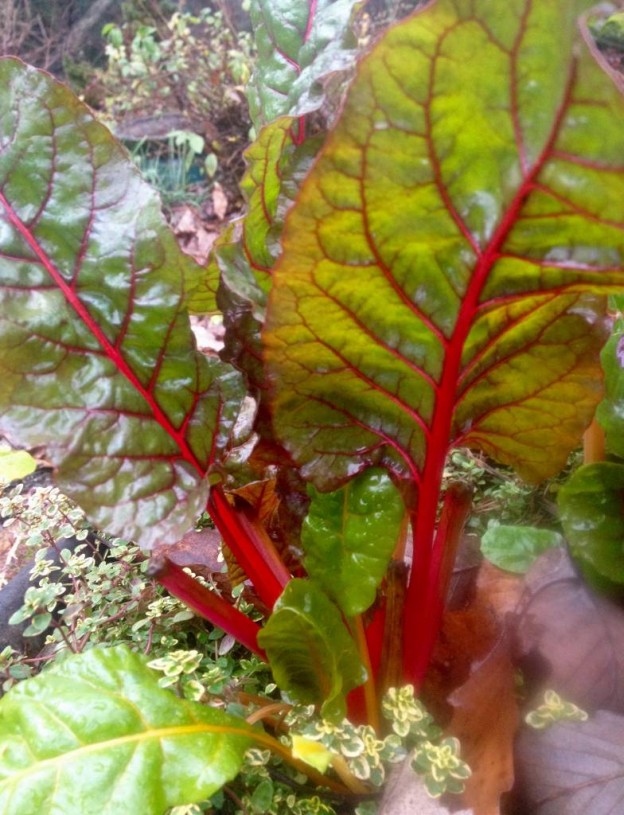
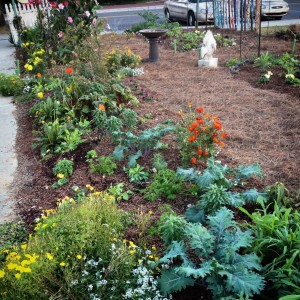

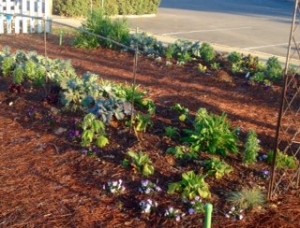


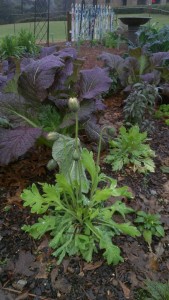
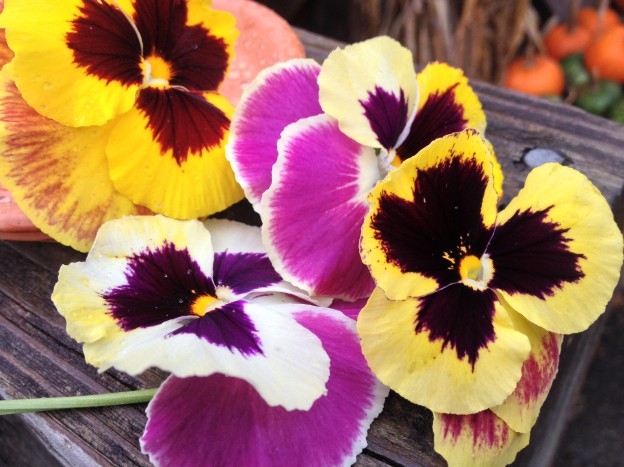
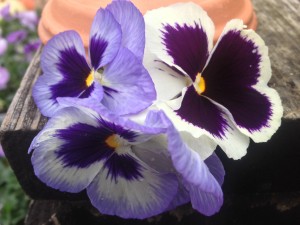
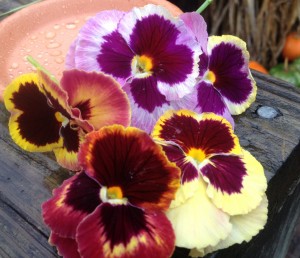
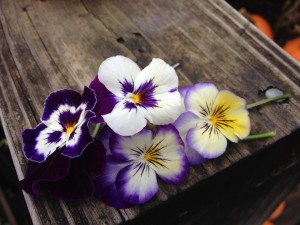
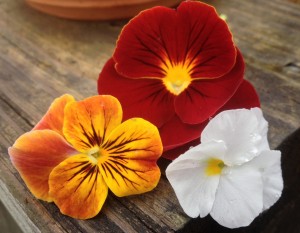
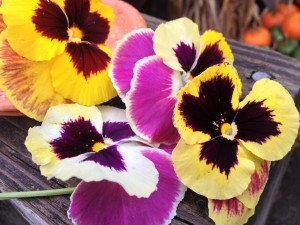
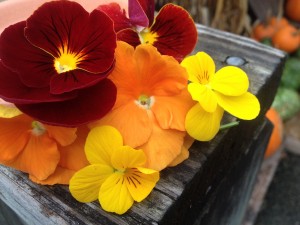
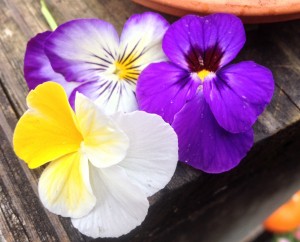
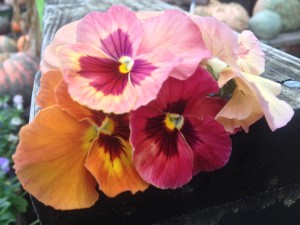
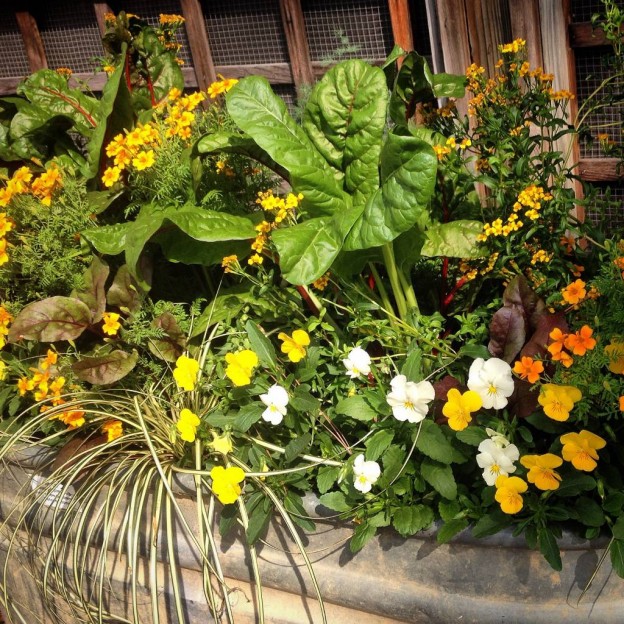
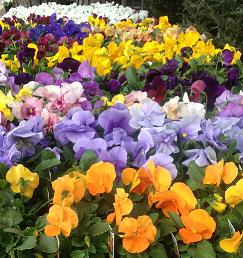
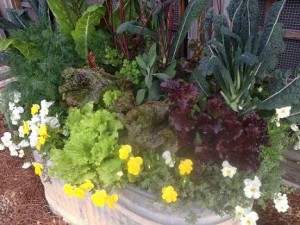
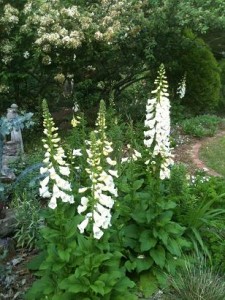 Start with pansies and violas for beds and planters, then add supporting players. Some of the prettiest additions to your winter/early spring garden are
Start with pansies and violas for beds and planters, then add supporting players. Some of the prettiest additions to your winter/early spring garden are 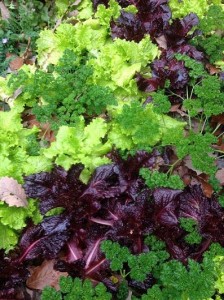
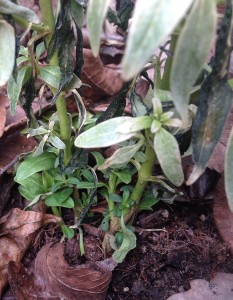
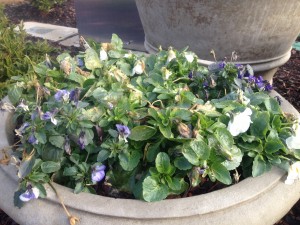
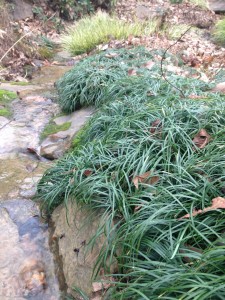
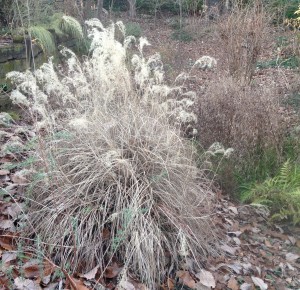
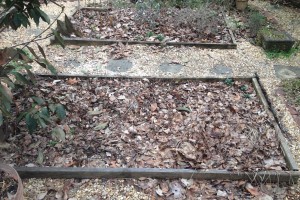
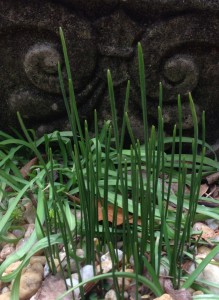
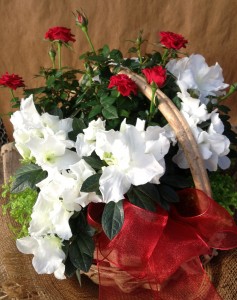
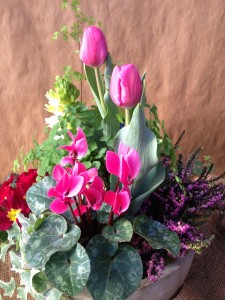

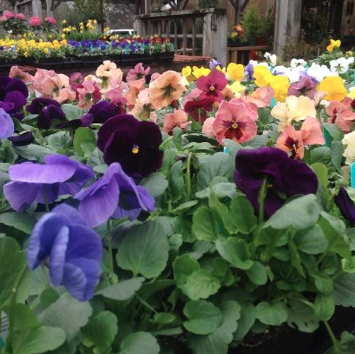 We’ve just received a new shipment of beautiful pansies – perfect for adding some winter color to your beds and planters. Remember to add some calcium nitrate as this is the best fertilizer to give them when the soil is cold. It will be warming up next week, so plan on getting them soon while the supplies are good!
We’ve just received a new shipment of beautiful pansies – perfect for adding some winter color to your beds and planters. Remember to add some calcium nitrate as this is the best fertilizer to give them when the soil is cold. It will be warming up next week, so plan on getting them soon while the supplies are good!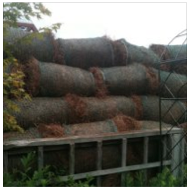 Now is the time also to cut back dead foliage from perennials and get on top of any winter weeds in your garden beds that may be coming up between pansys. Resolve to take a walk through your landscape once a week to do this – it’s good exercise! While you’re out, do take time to enjoy the little things – a new bloom on a pansy, the swelling buds of spring blooming shrubs, the foliage of an emerging daffodil – we promise you’ll feel better after a “tour” around the yard if you stop to enjoy it once in a while too!
Now is the time also to cut back dead foliage from perennials and get on top of any winter weeds in your garden beds that may be coming up between pansys. Resolve to take a walk through your landscape once a week to do this – it’s good exercise! While you’re out, do take time to enjoy the little things – a new bloom on a pansy, the swelling buds of spring blooming shrubs, the foliage of an emerging daffodil – we promise you’ll feel better after a “tour” around the yard if you stop to enjoy it once in a while too!